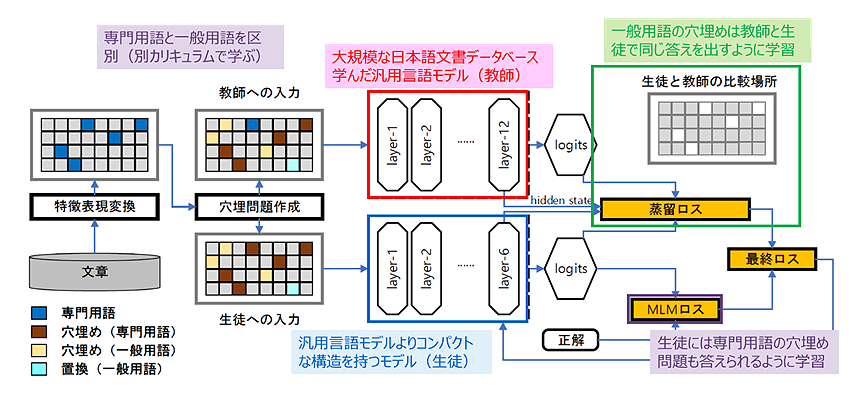圧電材料を開発する研究者のための「ベストプラクティス」プロトコルが、科学者によって開発されました-この技術分野では初めてのことです。 A ‘best practice’ protocol for researchers developing piezoelectric materials has been developed by scientists – a first in this field of technology.
2023-03-13 バース大学
このプロトコルは、バース大学の物理学者を率いる国際チームによって開発されたもので、実験報告に一貫性が欠けていることが明らかになったことに対する反応だった。彼らは、10の科学論文のうち9つが、報告された仕事の再現性を確保するために重要な実験情報が欠落していることを発見した。このため、彼らはNano Energy誌で標準化された圧電材料研究プロトコルの緊急性について論じている。
<関連情報>
- https://www.bath.ac.uk/announcements/are-piezoelectrics-good-for-generating-electricity-perhaps-but-we-must-decide-how-to-evaluate-them/
- https://www.sciencedirect.com/science/article/pii/S221128552201151X?via%3Dihub
圧電エネルギーハーベスタ:発電する振動ハーベスタの批判的評価と標準化された報告書 Piezoelectric energy harvesters: A critical assessment and a standardized reporting of power-producing vibrational harvesters
Morteza Hassanpour Amiri, Rose Fatscher, Rebecca Taylor, Paulo R.F. Rocha, Chris R. Bowen, Kamal Asadi
Nano Energy Available online: 5 December 2022
DOI:https://doi.org/10.1016/j.nanoen.2022.108073

Highlights
- •The manuscript provides the first critical assessment of the field of piezoelectric nanogenerators and vibrational energy harvesters.
- •It demonstrates a significant lack of experimental data in the majority of the literature reports.
- •Misconceptions in the field are highlighted and correct practices for measurement and estimation of the power and efficiency are discussed.
- •A protocol is presented to standardize data collection and analysis for energy harvesting devices to enhance reproducibility in the field.
Abstract
Energy harvesting devices have emerged as an auspicious sustainable energy source for low-power electronics, where delivering electricity using conventional means is not feasible nor desirable. This clear technological impact has drawn huge attention and driven research into energy harvesting materials and devices. Reports are often published, even in high-caliber journals claiming high-efficiency devices. However, these are typically based on poorly defined or even undefined metrics and lack the details needed for re-evaluation and comparing different devices for peer assessment. The enthusiasm to publish is pushing the field towards qualitative rather than quantitative research. Here, after introducing the basic concepts of energy harvesting, randomly selected research papers on piezoelectric energy harvesting devices published over the last two decades, have been assessed. It is shown that essential parameters which are needed for a quantitative evaluation of materials and devices are missing from nearly 90% of the reviewed papers, thus rendering them less reproducible (or even irreproducible) for peer assessment. Such a frequent occurrence of improper data reporting damages the credibility and reliability of the energy harvesting field. To enhance reproducibility and facilitate progress, we herein suggest a measurement and data reporting protocol that should be followed when reporting energy harvesting devices and concomitant performances. The standardized protocol can be further adapted for other vibrational harvesters based on other mechanisms such as triboelectricity.



